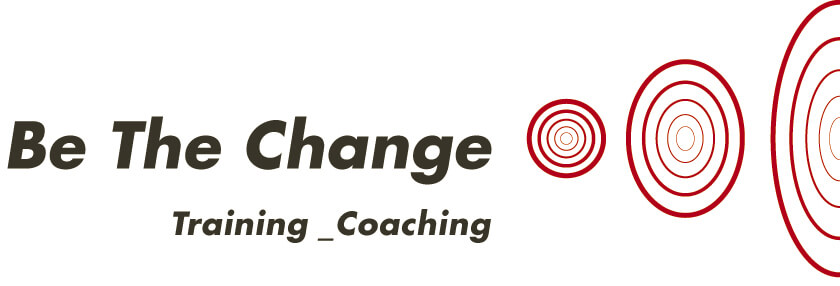Is it standard practice in your organization for people to send out Email messages in carbon copy to their boss in order to cover their back?
- Do people keep a folder of all the good things they’ve done as proof of their accomplishments?
In that case, the odds are high that they are trying to protect themselves from their leaders. This is NOT the kind of company culture where people feel safe and can thrive!
Last week I went to a presentation of Simon Sinek. You know, that guy from the Ted Talk about the Golden Circle! This time I saw him live and it was even more energizing to see him on stage! He asked us to “Inspire on!” so here are some of his new inspiring ideas about the Circle of Safety!
Price of leadership
Simon’s message is pretty straightforward. Leadership has nothing to do with rank — it is not about being in charge but about taking charge. “The true price of leadership”, Simon Sinek says, “is the willingness to place the needs of others above your own”. Great leaders truly care about those they are privileged to lead and understand that the true cost of the leadership privilege comes at the expense of self-interest. They go first when there is danger. He explained this by drawing a new circle on the flip-over, which he calls “the Circle of Safety”.
Trust through asking for help
True leadership protects an organization from the internal rivalries that can shatter a culture. When we have to protect ourselves from each other, the whole organization suffers. When the people have to manage dangers from inside the organization, the organization itself becomes less able to face the dangers from the outside. But when trust and cooperation thrive internally, we pull together and the organization grows stronger as a result. A way to build up trust is not to offer help, but to ask for help.
Circle of Safety globally applicable?
After the presentation I asked Simon whether he thinks this idea of Leadership and the Circle of Safety is globally applicable. The reason why I asked this? I found that some of his examples of how to build trust and collaboration hold true for some regions. But not for all. He used the example of praising people individually in front of a large audience at an off-site as a way of showing appreciation. I’m sure this works in large parts of North West Europe. It however certainly wouldn’t be appreciated in other parts of the world where people operate as part of a collective.
Simon answered that he is absolutely positive that the Circle of Safety applies everywhere, but that the way we build trust and how we collaborate varies across nationalities.
I fully agree with his answer. This means that Leaders have an extra challenge building a culture of trust and collaboration within their organizations spread across regions and cultures. However, I believe that the core of Simon’s idea of the Circle of Safety is essential to true leadership. Whether you’re in a small company operating locally or in a large international corporation. Inside a Circle a Safety people trust each other, they share their successes and failures, and they will thrive.
Would you like to know more about how we translate the concept of psychological safety into our executive teamcoaching, please get in touch.




